In Part 1 we looked at the overwhelming evidence supporting the benefits of getting more Vitamin D in your life. Whether that’s to prevent cancer and heart disease, improve sleep and chronic fatigue, boost your happiness and mental health or just getting in shape.
We also took a look at how we traditionally got Vitamin D and how modern society has made a right mess of things!
Now we're going to get stuck into specific recommendations and practical advice that's easy to implement wherever you are, and whatever you do, in The #1 Way to Boost Your Health and Happiness - Part 2.
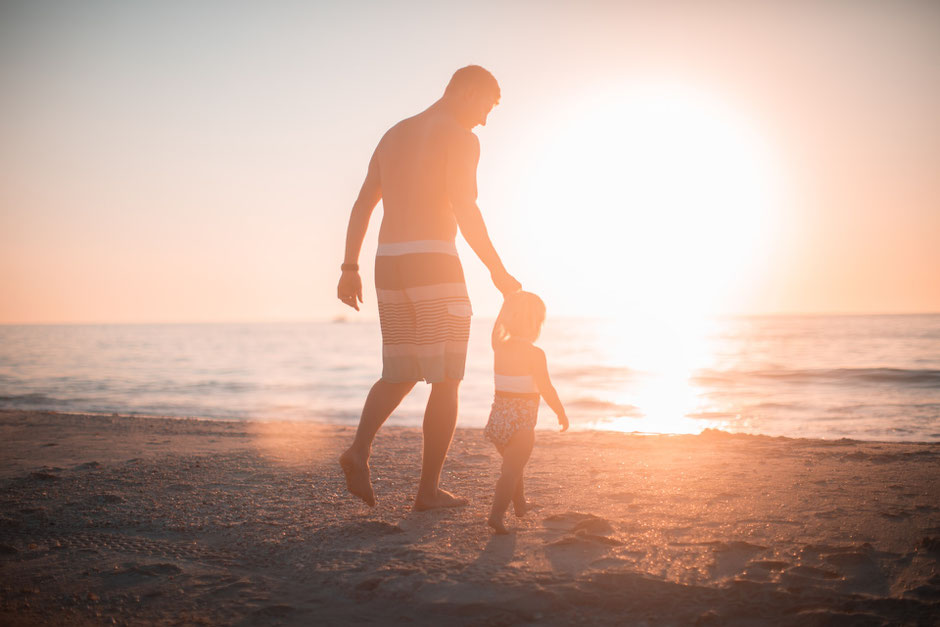
Vitamin D Levels - Test, Don't Guess!
First, get tested. If you think you are deficient in Vitamin D (assume you are if you’re not sure) get a 25(OD)D test, which is the internal marker for Vitamin D. This can be done at any doctors' for minimal cost. Just ring them up and book an appointment for a blood draw and you'll have your results in a week or two. This is the number 1 most important blood test you can do at the doctor's.
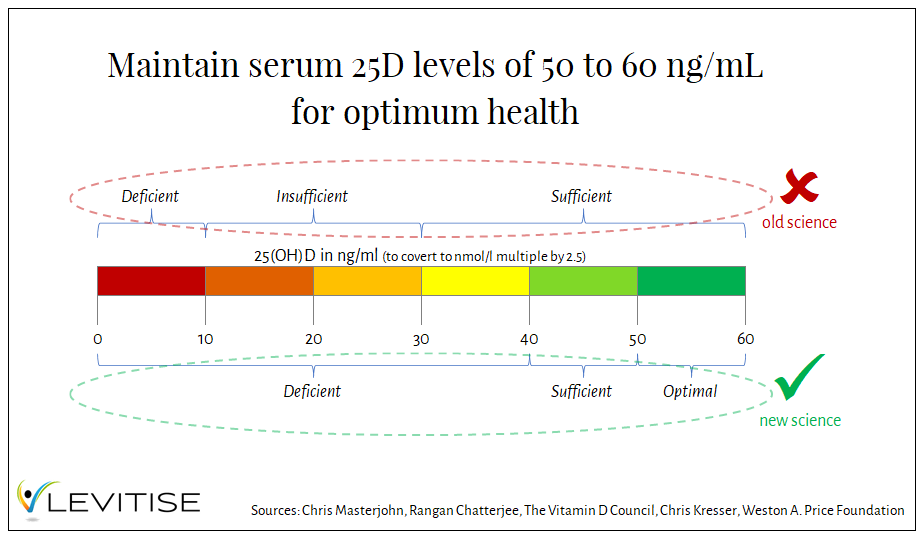
Standard industry recommendations, as to what your vitamin D levels should be, are nonsense and decades behind the science. Ideally you want to get them above 40ng/ml (100nmol/l) at a minimum and closer to 60ng/ml (150nmol/l) would be better. Everyone agrees that 100ng/ml (250nmol/l) is too much and could cause skin cancer but that will never happen as long as you don’t use sunscreen which leads to my point further down.

As you can see in the chart above the higher your Vitamin D levels are, the greater the % of disease prevention. For example you reduce your risk of breast cancer by 83% if you get your vitamin D levels up to 52ng/ml. The closer to 60 ng/ml (150nmol/l) the better. If everyone did this immediately then within a year every pharmaceutical company on the planet would be filing for bankruptcy. What a funny world we live in.
Sunlight Exposure and Sunscreen
You have an inbuilt mechanism to tell you to get out of the sun. It’s called burning. When your skin starts getting hot, or pink, and you start feeling uncomfortable and know it’s time to get out of the sun or cover up with clothes. Sunscreens bypass this process enabling you to stay out longer than you should which leads to cellular DNA damage and problems as you can see in the charts below. In addition Vitamin D production stops as soon as your skin goes pink anyhow. Sunscreens prevent Vitamin D absorption.
Skin Tone and Sun Exposure
The darker your skin the more sun exposure you need. Darker skin contains more melanin which protects us from burning, but it also prevents Vitmain D absorption. So you need to spend more time in the sun. So, for example if lying for 20 mins front and back under the sun every other day at the height of the summer is a good dose for someone with fair skin then someone with darker skin would need 2X to 3X that amount (as do the elderly). For someone with black skin they would require 5X the sun exposure. See details in chart below:

The Best Time to Go Out in the Sun
The best time to go out in the sun is actually in the midday when the sun is at its zenith. This is because Vitamin D is made naturally in your body when the UVB rays from the sun reach your skin and convert cholesterol to pre-vitamin D3. UVB rays are a short ray and need to be directly overhead to penetrate the atmosphere. Of course this is also when the sun is at its strongest and you are most likely to burn so be careful. Just like exercise you need to build up to it and let your body adjust.
In Singapore you're most likely to get sun, without cloud, between the hours of 10am and 12pm so that would be the best time to schedule 15 mins in your diary to sneak out from the office/study to get your some Vitamin D production going. For specific times to spend in the sun, depending on your skin tone and time of day refer to the table below.
Clothing matters
The more clothes you have the more exposure you need to get the same amount of vitamin D from the sun:
- naked: 100% vitamin D synthesis
- bikini, trunks: 80%
- shorts: 70%
- short sleeve tshirt + shorts: 50%
- short sleeve tshirt + trousers: 30%
- long pants + long shirt: 10%
So for example looking at the table below if you need 10 mins of full body exposure to get 1000 IUs of Vitamin D and you're wearing short sleeve t-shirt and shorts then you would only get 1000 IUs * 50% = 500 IUs of Vitamin D over 10 mins of exposure.
Clouds matter
If the sun is obscured by the clouds that will reduce your vitamin D synthesis as well:
- clear sky: 100% vitamin D synthesis
- thin clouds: 90%
- thick clouds: 20%
- very cloudy: 0%
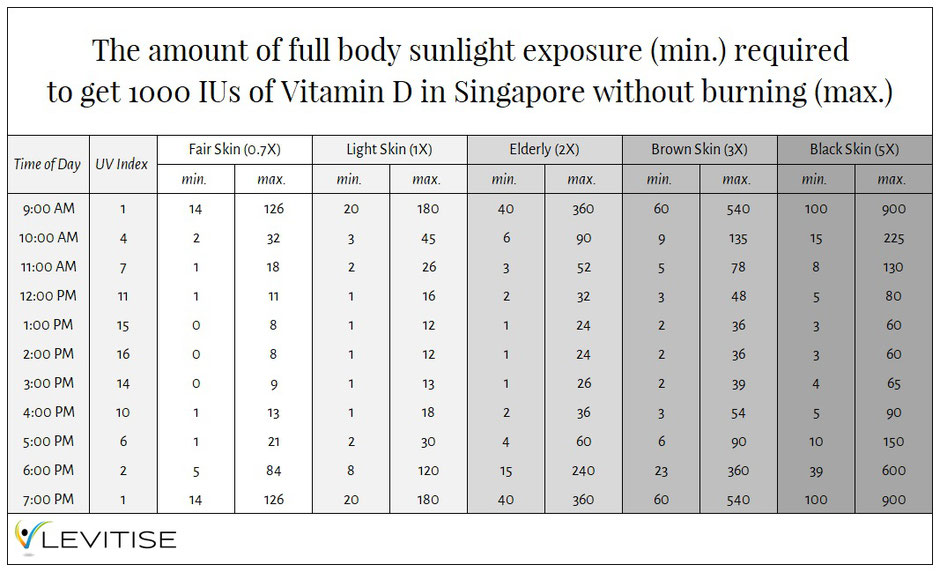
Supplements
Not a fan. Most Vitamin D supplements are of inadequate quality and won’t do anything. It takes 1 molecule of Vitamin A to synthesise 1 molecule of Vitamin D so often they don't work. And unless you’re eating liver you can easily become Vitamin A deficient by dosing up on D supplements that deplete your Vitamin A stores. Consuming too much Vitamin A, from supplements however, has been shown to be toxic so that's something else to watch. Also calcium plays an important synergistic role as well. The whole thing is just a total minefield. Best to stick to real food instead. You can’t overdose on real food because all the nutrients and minerals are in perfect proportions, as designed by mother nature, that your body can comfortably absorb them. Plus taking supplements rather than getting sun exposure you're missing out on all the other benefits of sunlight. Avoid.
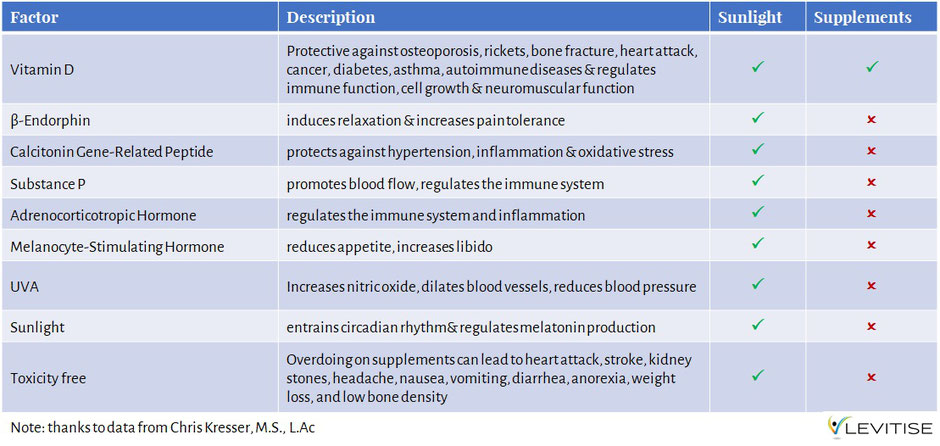
Best to stick to the following food sources of Vitamin D in order of preference from best to worst:
- Fresh cod livers or monkfish livers
- Cod livers from jars
- Cod livers from cans (beware of toxins from the can)
- Fermented cod liver oil
- Offal
- Eggs

To conclude, in a study in Finland, they found that “Intake of aged participants was positively associated with serum 25(OH)D: individuals with intakes of < once/week, one to six time(s)/week and daily intake had concentrations of approximately 40, 50 and 60 nmol/l respectively (P for trend < 0·001).” (Tinna Eysteinsdottir et al. 2015). Basically those that were taking cod liver oil daily had 50% higher vitamin D levels than those that were taking none.
And in a second study on Norwegians they concluded, "Subjects with food consumption habits that included frequent mølje meals (consisting of cod, cod liver, cod-liver oil and roe) during the winter sustained satisfactory vitamin D levels in their blood, in spite of the long 'vitamin D winter'" (M. Brustad et al.2004).
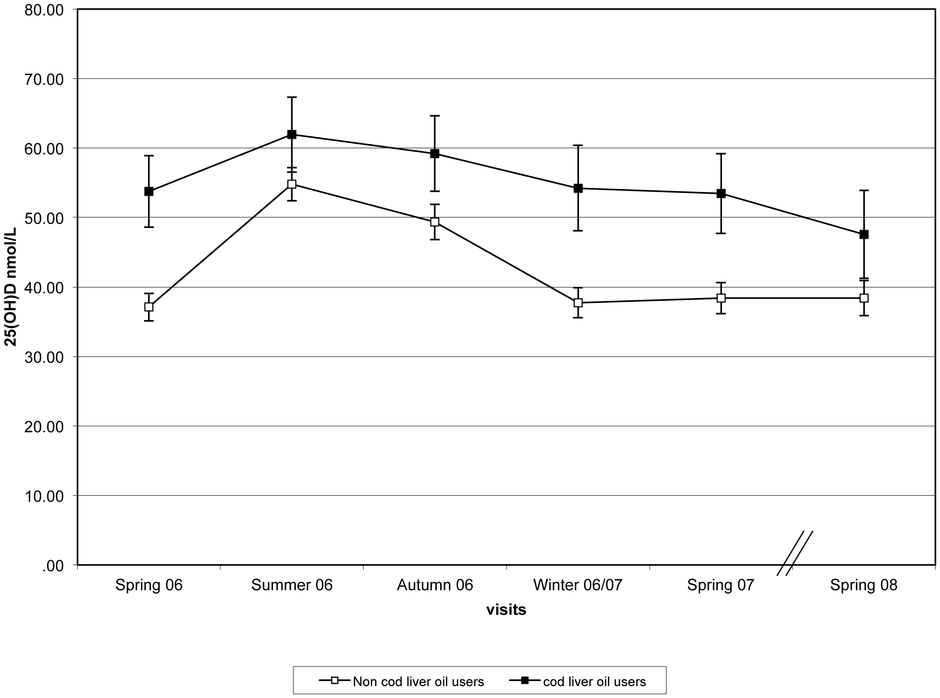
Proportions (Sunlight or Cod Liver Oil)
To be honest it’s impossible to know without testing. Test -> implement a protocol -> test again. For me personally I know that if I do 30 mins of sun tanning every other day I won’t burn, and I can get my Vitamin D close to 60ng/ml without cod liver oil. I don't even bother taking cod liver oil but I would if I was in Europe over the winter. But if I avoid the sun for 6 months it might fall back down to the 30s, even with a good diet. I have slightly olive skin. Lighter skin tones would need less. Darker skin tones would need much more. You would need to test and see.
Likewise with food. Some people respond quite well to cod liver oil and others do not. The Western A. Price Foundation (an ancestral food based charity) recommends:
- children aged 3 months to 12 years: 1/2 teaspoon or 2.5 mL, providing 4650 IU vitamin A and 975 IU vitamin D
- children over 12 years and adults: 1 teaspoon providing 9500 IU vitamin A and 1950 IU vitamin D
- pregnant and nursing women: 2 teaspoons providing 19,000 IU vitamin A and 3900 IU vitamin D
Again, test, don’t guess!
Wrapping Up
And how do you know it’s working?
Easy - when you ramp up your Vitamin D levels to between 40 and 60 ng/ml, you’ll be sleeping better, less stressed, get sick less often (maybe not at all), feel stronger, look better and generally be more resilient all round.
To your health happiness and longevity,
The Levitise Team
P.S. There’s a lot to unpack here and if you’re at all confused, or would like a pointer in the right direction, then we’d love to help so do reach out to us.
P.P.S. If you love this blog post then do check out our fortnightly newsletter where you'll get the freshest content on health, nutrition and fitness delivered straight to your inbox. Don't miss out and sign up here.



Write a comment
Nishika (Thursday, 27 January 2022 06:30)
Good content �
Alex (Thursday, 27 January 2022 21:00)
Thanks Nishika!